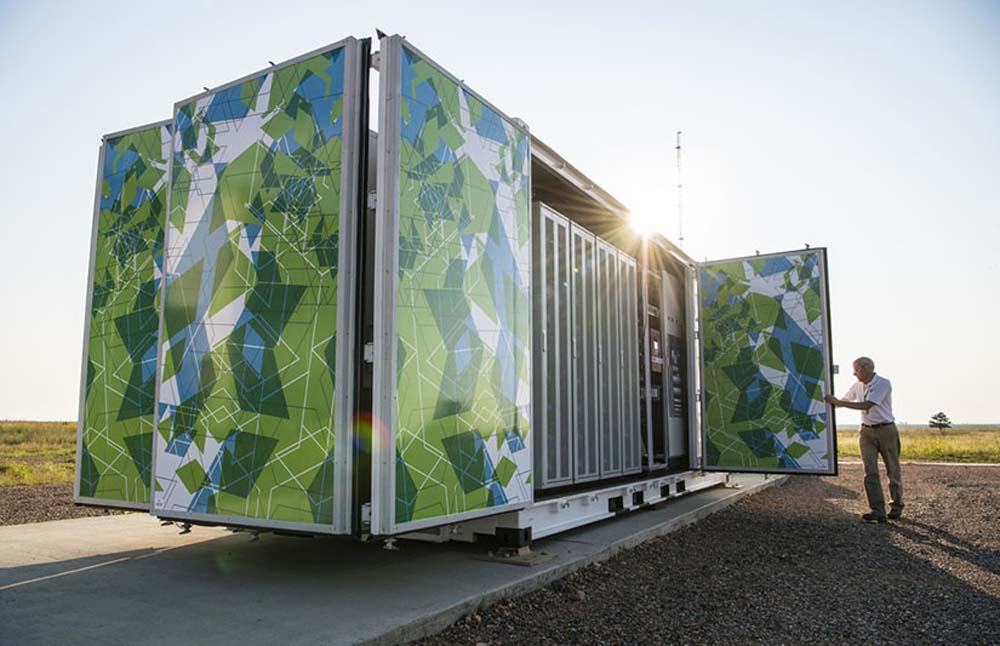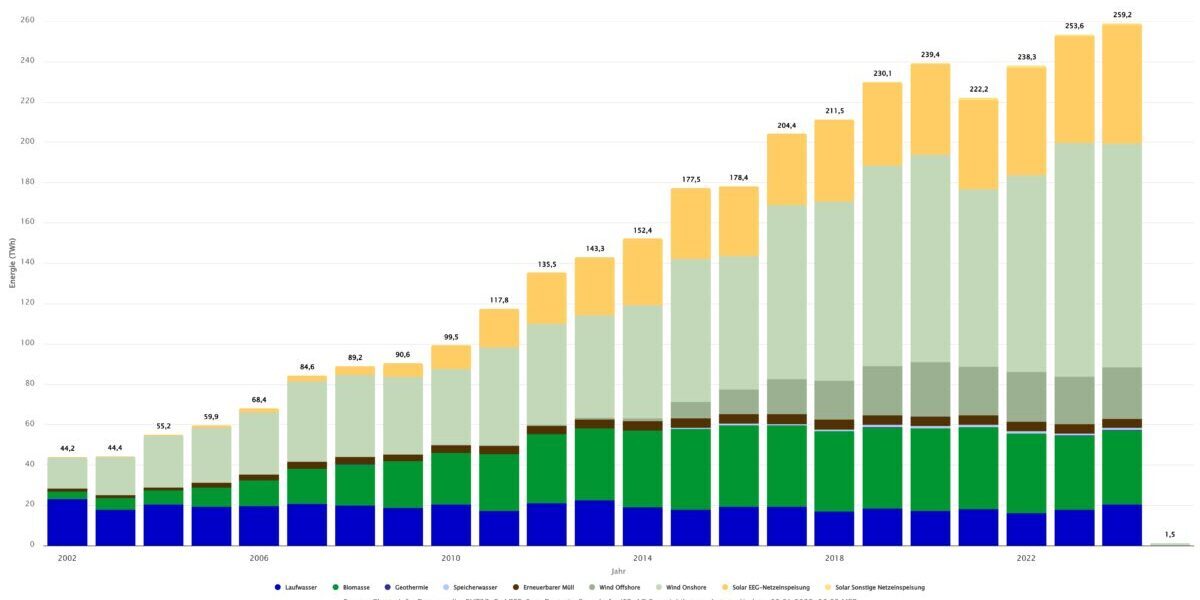From pv magazine USA
Behind-the-meter storage (BTMS) systems directly supply homes and buildings with electricity and offer many advantages such as the ability to minimize grid impacts, integrate EV charging, and more.
The BTMS markets are expected to see strong growth, as noted in Wood Mackenzie’s Global Energy Storage Outlook, which forecasts 57GWh of new deployments through to 2030. The report points out that the residential sector is being driven by cost reductions and consumer awareness, coupled with solar hybridization and electric vehicle adoption.
Researchers in the BTMS Consortium at the National Renewable Energy Lab (NREL) are working with other national laboratories to develop energy storage technologies for stationary applications below 10MWh. Their recent work, which aims to improve lithium-ion (Li-ion) battery designs is published in the Journal of the Electrochemical Society, delved further into promising opportunities, as well as limitations, of using LTO/LMO battery cells for stationary storage use.
“We already know a lot about Lithium-ion batteries, but batteries for different applications have different requirements,” said NREL Researcher and Project Leader Yeyoung Ha. “Our research looks at how to leverage the developments from electric vehicle battery research for new applications in stationary storage.”
According to the researchers, BTMS systems have different charging and discharging patterns than a typical electric vehicle and require Li-ion battery materials that meet these unique priorities. BTMS systems, for example, are expected to operate safely and efficiently over a long lifespan. The researchers looked at Li-ion battery designs using a Li4Ti5O12 (LTO) anode and LiMn2O4 (LMO) cathode, which are promising critical-material-free candidates that offer the safety and long lifespan required, however, their low energy density is a drawback.
NREL researchers evaluated the temperature-dependent performance of LTO/LMO cells with various electrode loadings, and they determined that using thicker electrodes in battery designs can increase the cell capacity and energy density, while decreasing overall cell costs. However, these thicker electrodes require ions to travel a longer path, limiting the use of electrodes. They found that temperature adjustments can alleviate these negative impacts but may introduce added complications.
“Our goal with this research is to identify a ‘sweet spot’ to leverage the advantages of electrode loading and increased temperatures to maximize the performance of LTO/LMO battery cells,” Ha said. “Our research refined material designs for BTMS specifically, converting this well-known power chemistry to energy cells.”
By applying electrochemical modeling to simulate reactions at different temperatures and electrode thickness, they verified their experimental results. Instead fully discharging the batteries, as for electric vehicles, they found that allowing batteries to have intermittent rest during discharge, the electrode use was significantly improved. And they determined that this type of pulsed discharge is well suited for BTMS stationary applications, where the batteries will be used only when there is intermittent demand and then transitioned back to a resting stage.
Although these optimized LTO/LMO battery cells offer many advantages, the research team is also exploring cathode options that may better meet the needs of the stationary energy storage systems that are critical to ensuring that the power from renewable energy sources is available when and where it is needed.
This content is protected by copyright and may not be reused. If you want to cooperate with us and would like to reuse some of our content, please contact: editors@pv-magazine.com.




2 comments
By submitting this form you agree to pv magazine using your data for the purposes of publishing your comment.
Your personal data will only be disclosed or otherwise transmitted to third parties for the purposes of spam filtering or if this is necessary for technical maintenance of the website. Any other transfer to third parties will not take place unless this is justified on the basis of applicable data protection regulations or if pv magazine is legally obliged to do so.
You may revoke this consent at any time with effect for the future, in which case your personal data will be deleted immediately. Otherwise, your data will be deleted if pv magazine has processed your request or the purpose of data storage is fulfilled.
Further information on data privacy can be found in our Data Protection Policy.